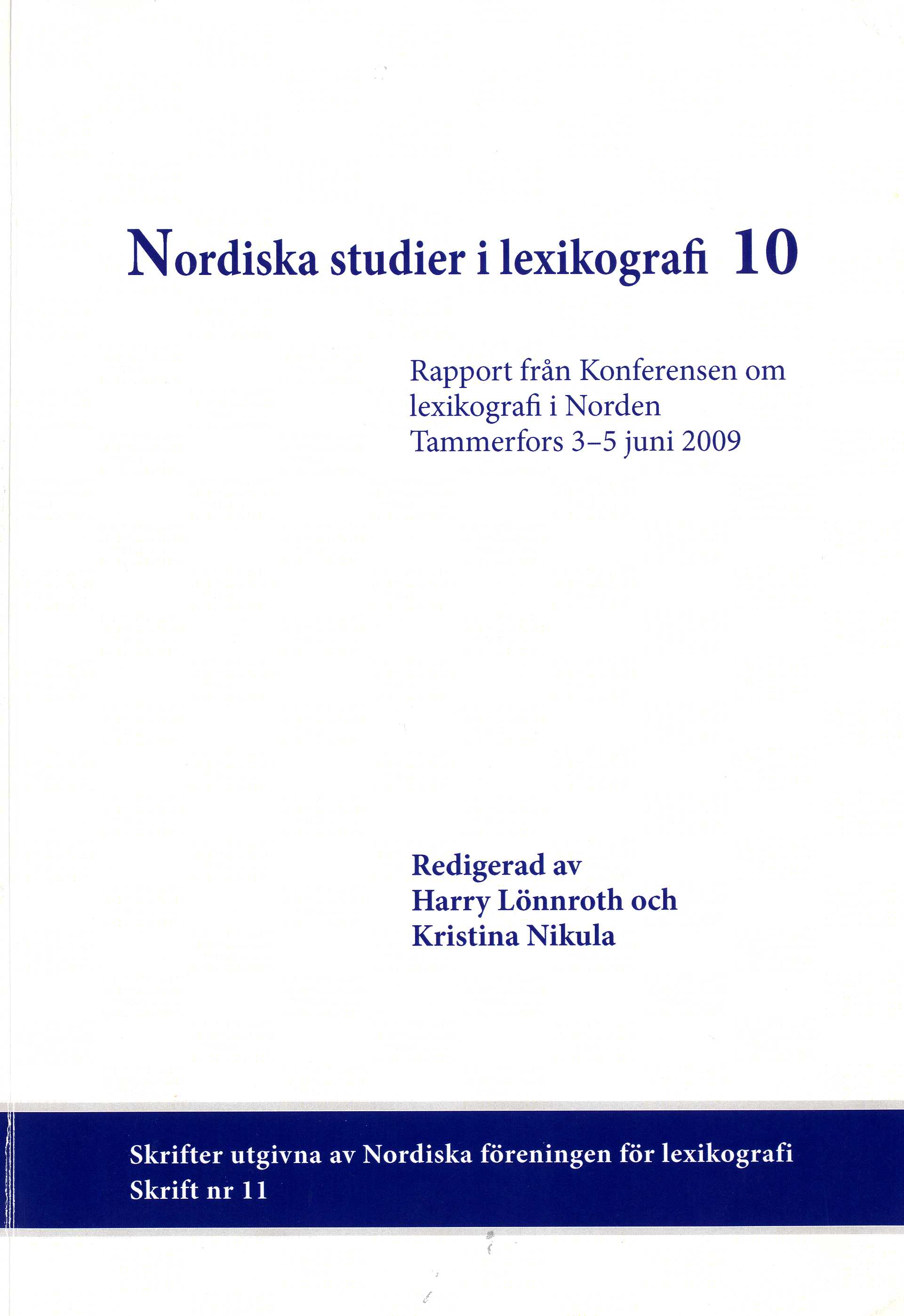Pålydende-betydning i ordbøger
Nøgleord:
pålydende-betydning, faktisk betydning, bogstavelig betydning, afsenderskabt metafor, ordspilResumé
First I define the face meaning of an expression: The meaning of the expression established by all language rules (lexical and syntactic) except the specific rule for this very expression (i.e. what you would think was the meaning if you did not know the expression), provided this meaning is still more or less living. For example, full stop “complete stop”, actual meaning: ‘ . ’ . Ordinarily face meaning is called literal meaning, but for certain reasons I reject that term within linguistics. Face meanings play a part (which is easily exaggerated) in speech every second, not only in puns (We only have one vaulting horse – no mare!). Most importantly in metaphors created by the sender: Her hair was sparkling fire. Here the receiver can only understand the actual meaning by deciphering the face meaning – as opposed to established unpredictables like light-fingered where you normally go directly from sound to actual meaning, not via the face meaning. I then discuss how face meaning should be treated in dictionaries. Today, it is almost ignored, but I argue that, in some cases, it can be highly useful. A Dane wanting to know the equivalent of gadekryds about a dog, will be left high and dry reading Heinz 57. He can pronounce it, and, now, he knows the actual meaning, but he does not really understand until the face meaning is acquired.





